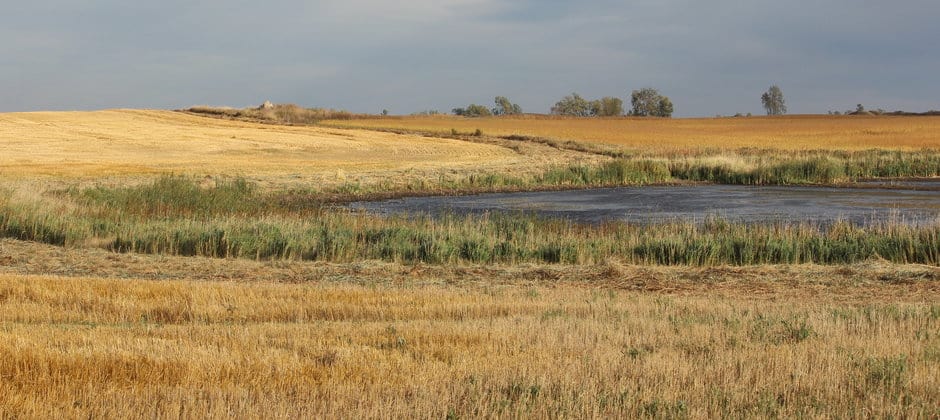Share this article
Fish and Wildlife Services updates wetlands easements policy
Changes to the U.S. Fish and Wildlife Service wetlands easement program will now require the agency to use electronic mapping to establish boundaries for conservation easements of wetlands established before 1976. Thousands of landowners with wetland easements established before 1976 and will be affected by this change to electronic mapping.
Until now, the deeds for these easements have not included boundary maps but rather written descriptions of the area under the easement. The director’s order will also put in place a process through which landowners can dispute boundary issues with the Service regarding these older easements. The agency announced these changes in guidance issued internally late in 2019 and released publicly last week.
A wetland easement is a voluntary legal agreement between a landowner and the Service to protect the wetlands on their property. Once an easement is established, the landowner cannot drain, fill, levee or burn the wetlands, although they generally can farm, graze or hay the wetlands again if they dry up naturally. These easements are perpetual and transfer to new owners when the land is sold.
“The Fish and Wildlife Service is committed to being a good neighbor and ensuring we meet our obligations to private landowners who have granted wetland easements on their lands,” said Fish and Wildlife Service Principal Deputy Director Margaret Everson in a statement. “That means clearly identifying easement boundaries, providing a transparent and just means for landowners to appeal boundaries and applying internal processes consistently, fairly and in a timely manner.”
The Service will be contacting landowners with easements from before 1976 over the coming weeks to provide them with maps detailing their easement boundaries. Those letters will also provide information about how to challenge the boundary determinations.
Additional guidance is forthcoming from the Department of the Interior explaining how the agency calculates the mandatory setbacks for draining farmlands near protected wetlands and the process for pursuing legal action if those setbacks are violated. It will also clarify how the Service contacts landowners when the agency believes they have violated a wetland easement, as well as the process for a landowner to appeal the violation.
Header Image:
The U.S. Fish and Wildlife Service is updating its internal guidance regarding wetlands easements.
©Krista Lundgren/USFWS








